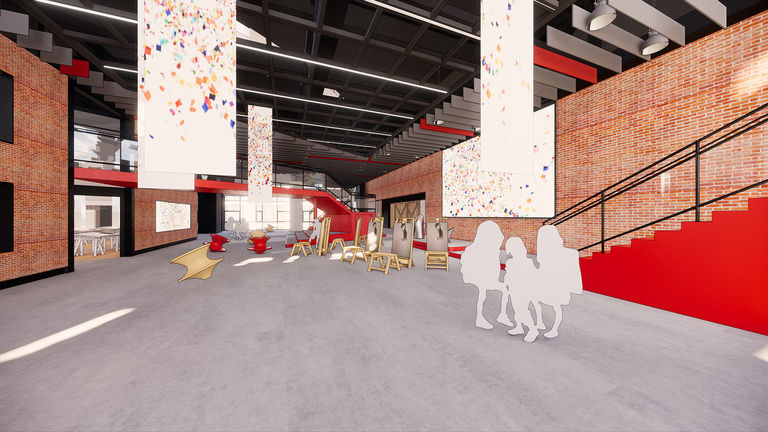Georgette Yakman founded the STEAM movement in 2007. She defined STEAM as “Science and Technology, interpreted through Engineering and the Arts, all based in elements of Mathematics.”
Adding an ‘A’ to STEM, it is important to note that the ‘A’ should not refer simply to Art as a subject but to ‘The Arts’, incorporating language, arts and humanities. With this definition, STEAM is more than the sum of its five core ‘subjects’, but is, of course, an integrated educational approach. It’s widely accepted that innovation is sparked through creativity, thus putting ‘The Arts’ firmly at the creative centre of STEAM and the 21st Century Learning.
